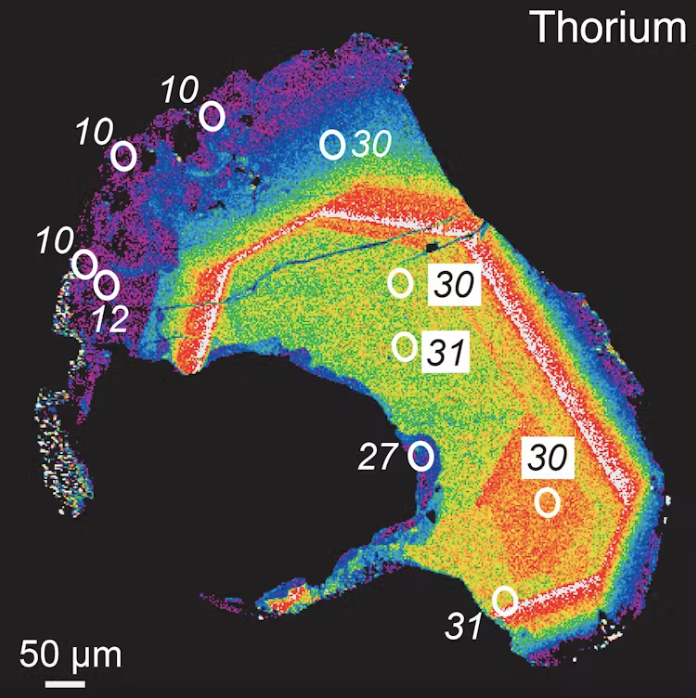
Matt Kohn, a university distinguished professor of geosciences, published an article titled “Tiny crystals capture millions of years of mountain range history – a geologist excavates the Himalayas with a microscope” in The Conversation on April 9, 2024.
An excerpt from the article reads: “The Himalayas stand as Earth’s highest mountain range, possibly the highest ever. How did it form? Why is it so tall?
“You might think understanding big mountain ranges requires big measurements – perhaps satellite imaging over tens or hundreds of thousands of square miles. Although scientists certainly use satellite data, many of us, including me, study the biggest of mountain ranges by relying on the smallest of measurements in tiny minerals that grew as the mountain range formed.
“These minerals are found in metamorphic rocks – rocks transformed by heat, pressure or both. One of the great joys in studying metamorphic rocks lies in microanalysis of their minerals. With measurements on scales smaller than the thickness of a human hair, we can unlock the age and chemical compositions hidden inside tiny crystals to understand processes occurring on a colossal scale.”